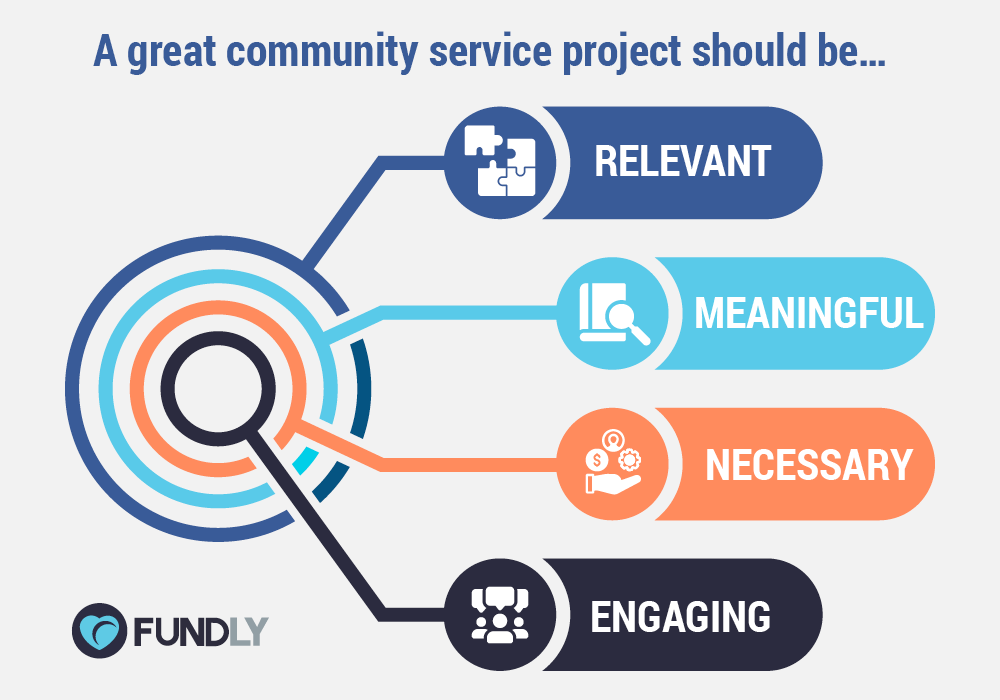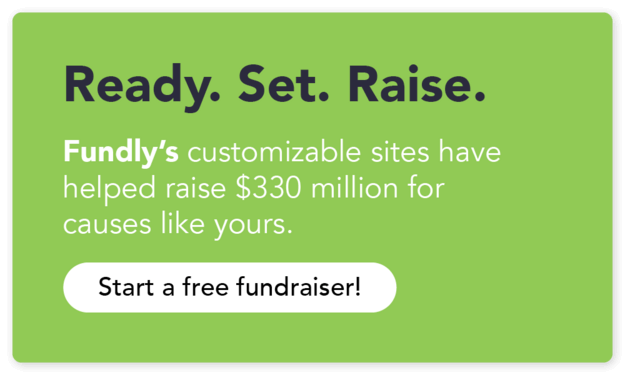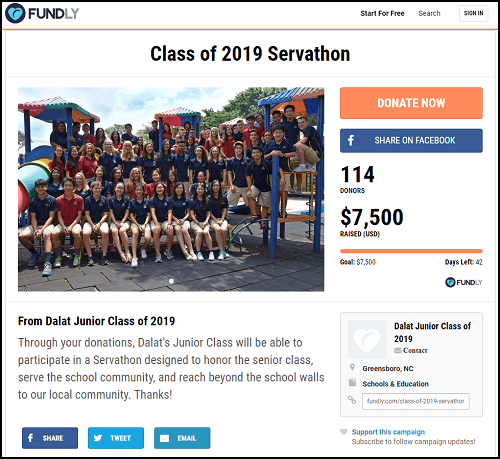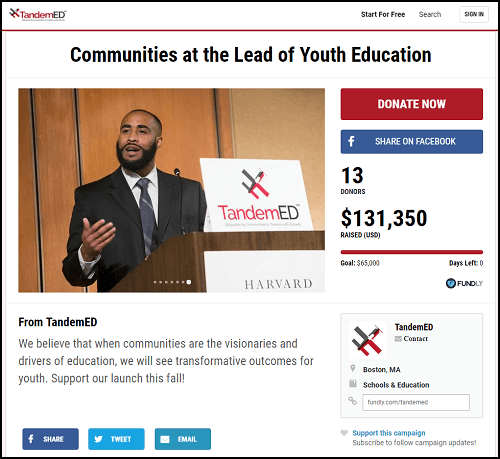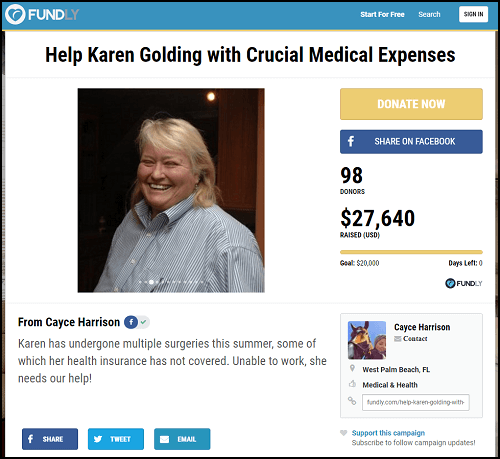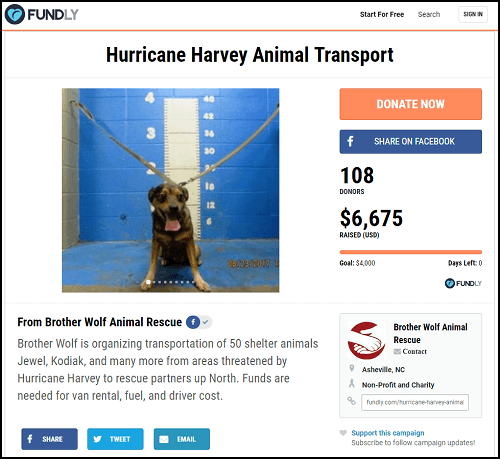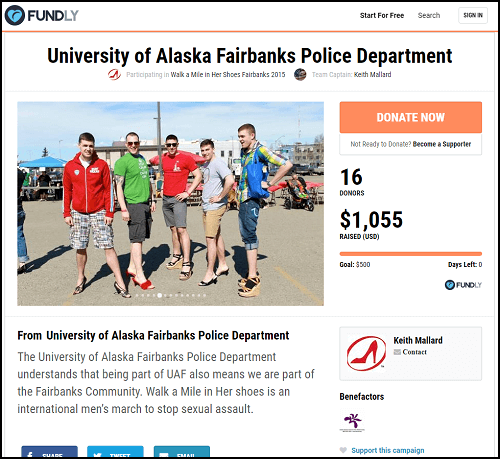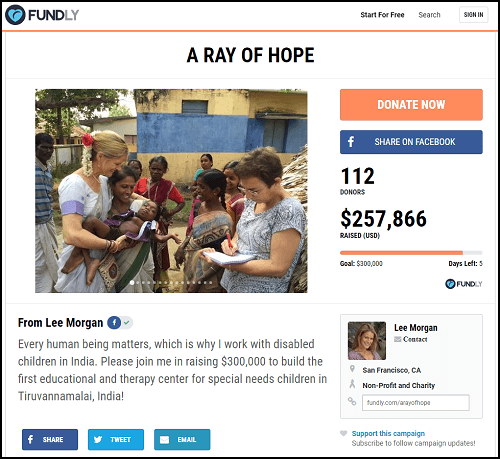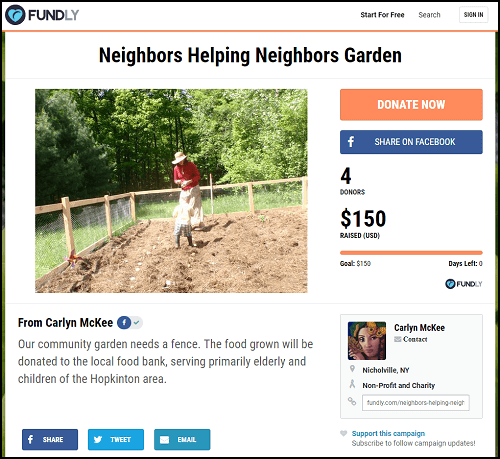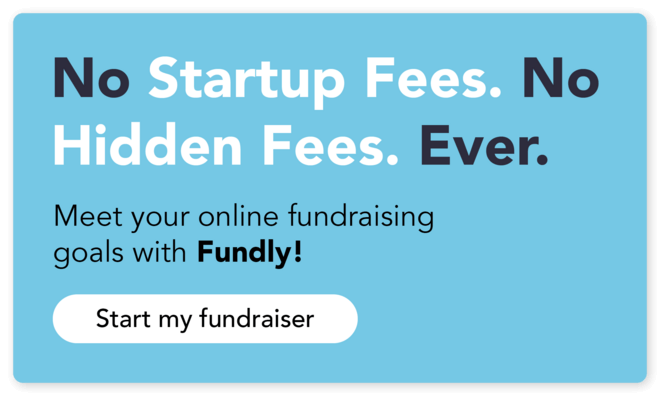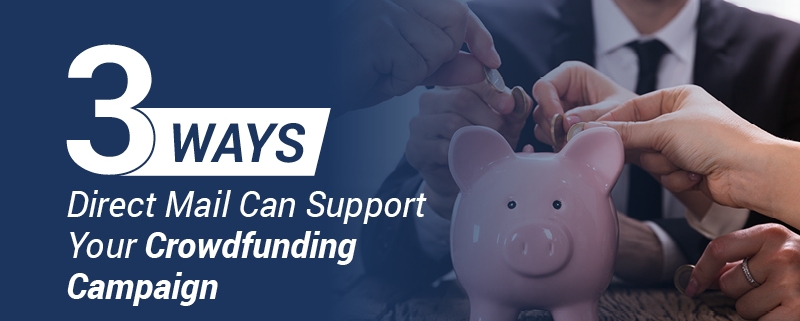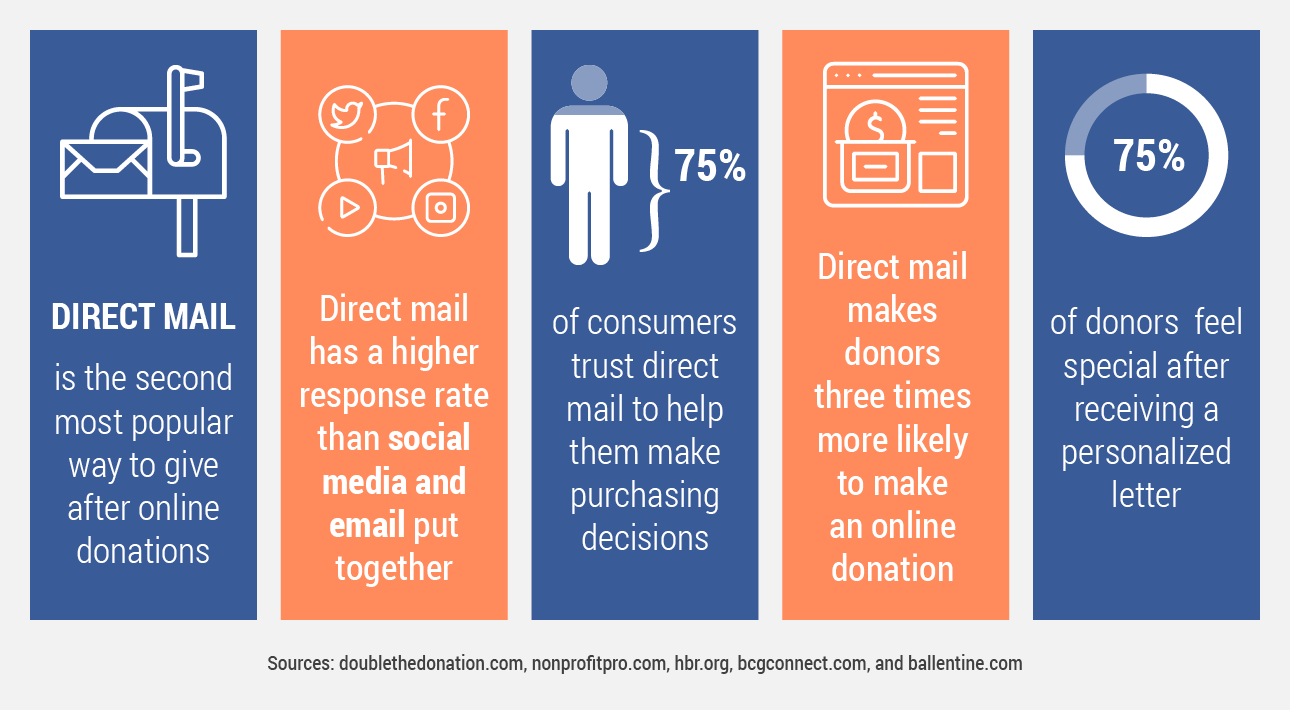12 Types of Sponsorship Letters and How to Write Them
by Scoti HahnWell-positioned sponsorships can transform any nonprofit event into a must-attend, memorable occasion. They can also help you fund a specific need or explore meaningful partnership opportunities that can expand your mission.
However, many nonprofits struggle to find the right partners to support their goals. The first step in successfully recruiting more sponsors is to write a compelling sponsorship letter that explains your cause and why the recipient is the perfect fit to support you.
In this guide, we’ll show you how to write inspirational letters with the help of effective templates you can use to get started! Here’s what we’ll cover:
Sponsorship Letter FAQs
What Are Sponsorship Letters?
A sponsorship letter is a fundraising request that offers the recipient an incentive in exchange for a cash donation, auction items or other gifts, an in-kind donation, or volunteer time. Sponsorship letters are typically sent to local businesses or corporations requesting that they contribute a corporate donation or in-kind gift to support your cause.
These direct requests are great options to extend your reach and start a long-term relationship with a sponsor.
Why Are Sponsorship Letters Important?
Sponsorship proposals are important because the donations they secure help fund events like charity walks, runs, rides, galas, and more, all while strengthening ties between nonprofits and businesses.
They also sow the seeds of a long-term relationship (not just short-term support, though that is a bonus). And, along with the obligatory tax receipt, donors will receive benefits from supporting your organization, such as promotional spots or a guest speaking opportunity.
In the end, a sponsorship letter has the potential to kick off or sustain a mutually beneficial relationship between you and your sponsor that results in shared publicity and mutual success.
What Should You Give Sponsors in Return for Their Support?
Donors have lots to gain from sponsoring charitable organizations. Business sponsors, in particular, can access the following benefits:
Positive Brand Image
Social responsibility can substantially impact a company’s reputation. In fact, CSR research shows that 54% of consumers consider a company’s CSR practices when making purchasing decisions. By demonstrating a commitment to goodwill, companies can show consumers that their purchases will have a positive impact.
Employee Engagement
Today’s employees want to work for companies that make an impact. Double the Donation’s employee engagement tools article explains that establishing CSR initiatives indicates that a business “cares about the same causes as its employees and wants to make the world a better place. As a result, employees will feel more empowered to continue working at a company that does more than just provide a product or service.”
In your letter, emphasize that employees will be excited to know their company supports worthwhile causes if they decide to sponsor you!
Advertising Opportunities
Your nonprofit can offer various marketing opportunities to corporate sponsors, providing them with visibility and brand exposure while supporting your mission. You can explicitly offer these marketing opportunities in exchange for sponsorships:
- Their logo displayed prominently at events and on promotional materials
- Sponsor-specific pages or sections on your nonprofit’s website
- A booth at an event
- Social media shout-outs
- Their logo and promotional messages in your email newsletter
By offering these advertising opportunities, you can demonstrate the value of partnering with your nonprofit, helping corporate sponsors envision how they can enhance brand visibility while supporting a meaningful cause.
How Can You Identify Potential Sponsors?
Sponsorship letters should be highly personalized. Therefore, you need to know exactly who you’re addressing and why they’d make a great sponsor ahead of time. Here are key signs that a business would make an awesome sponsor:
- They’ve previously supported you or given to causes similar to yours. Prioritize sending proposals to companies that have volunteered with you, attended previous events, or shown interest in your cause. Likewise, if they support similar causes, this is a great opportunity to show them how they can lend a helping hand.
- They work in a similar or complementary sector. Companies that work in a similar sector or environment as you will have a clearer understanding of your cause and needs. For instance, a healthcare organization will understand how they can help provide aid to an at-risk homeless population.
- They’re local. Local or hometown businesses can benefit from the promotional opportunities of sponsoring you. Not to mention, businesses like to support causes that better their surrounding communities.
- They have a well-known CSR program. A business with a robust CSR program is already familiar with nonprofit organizations as a part of their employee engagement initiatives. Take advantage of this by prioritizing outreach to corporations like these.
- They can supply a direct need. Alongside monetary donations, looking for sponsors who can contribute in-kind donations can also help you work toward your goals. For example, a bakery might provide in-kind donations of snacks or pastries while a hotel could provide a venue space.
Before you send out letters to every available business, narrow your prospects to see if they meet the above criteria. Then, send your letters out well ahead of your event or campaign start date to give each prospect plenty of time to respond with any questions.
How Should You Send Sponsorship Letters?
Investing in a dedicated direct mail platform will provide the easiest, most effective channel to send out your sponsorship letters to as many supporters as possible. With a direct mail platform, you can send out your letters quickly, saving you time and money.
And of course, after you secure a donation or sponsorship you should strongly consider sending a thank-you letter. One of the best and most impactful ways to show immediate gratitude would be with an eCard platform your organization could use across its fundraising and thank-yous.
Sponsorship Letter Best Practices
Of course, each sponsorship letter will vary based on your recipient and your request. However, there are a few best practices you can use to make all of your proposals compelling and to the point:
- Personalize letters by addressing the recipient by name. Choose the right person to address the letter to by researching or calling to ask who manages corporate donations at the organization.
- Talk to their point of view by highlighting how their organization’s values or previous charitable experience speaks to their company’s character. For example, you might say “As a small business that gives back to XYZ community initiatives, you know the importance of supporting those in need.
- Highlight benefits that they would find important. Are they interested in getting their brand name out there? Do they want to team up with more like-minded organizations? Let them know how your organization can help them do that.
- Have a leader at your organization write the letter, such as your president or an executive. This adds credibility to your ask and can be even more impactful if they know the small business contact personally.’
- Give sponsors a choice to support you in a way that works best for them. Let them know you’d be grateful for a monetary sponsorship or an in-kind donation.
- Prepare for a follow-up by including your organization’s contact information at the bottom of your letter and suggesting the contact reach out with any additional questions.
To write better sponsorship proposals, you can use templates and examples (like the ones provided below) to help structure your request and bring your organization’s fundraising narrative to life.
12 Sponsorship Templates
To write better sponsorship proposals, you can use templates and examples (like the ones provided below) to help structure your request and bring your organization’s fundraising narrative to life.
1. Event Sponsorship Letter
Follow these best practices when writing event sponsorship letters:
- Highlight the event. When asking for event sponsorship, your event needs to be the focal point. Start by detailing the kind of event it is, the theme, the date, and the location. Then, dive into what you’re looking to raise and why. Once you have your reader hooked, bring up how their event sponsorship fits in and what their gift could mean for your cause.
- Provide ample sponsorship opportunities. You’ll include a separate document with your cover letter that details your sponsorship levels. With each increase in gift level, the incentives should equally increase. If your event needs a range of sponsorship types from monetary to gifts-in-kind, make sure you are expressing the variety of opportunities to show support.
- Get to the point. Event sponsorship proposals should be succinct. The initial cover letter should be no longer than a page and simply provide a high-level overview of what you’re looking for. Be specific and direct. Once you have someone’s interest, you can always provide supplementary information as a next step.
- Start with your existing supporters. Make sure you reach out to past sponsors and tweak your letter template to acknowledge their prior support. If this event is new for your organization, reach out to sponsors of your other events or look to your closest supporters to see who has ties to a business that might be a good fit for sponsorship (i.e. a top donor who owns a local restaurant).
2. Corporate Sponsorship Letter
Follow these best practices when writing corporate sponsorship letters:
- Know your audience. When reaching out to a corporate sponsor, you need to know and demonstrate that you know exactly who you’re contacting, their role at the company, and how they fit into your sponsorship needs. Make sure to acknowledge past gifts and drill down on exactly what your organization needs from the sponsor.
- Mention common goals. As you ask for corporate sponsorship, be sure to highlight how support of your efforts intersects with the business’ larger philanthropic goals. Show that you both want to help your community and that everyone wins with their sponsorship of your organization, the community included.
- Include contact information. Your corporate sponsorship letter is your opening. Most businesses will want to discuss the sponsorship over the phone, in person, or both before agreeing. Provide a range of ways to get in touch so that potential sponsors can reach you easily.
- Attach a sponsorship level document. Interested corporate prospects will want to know exactly what their sponsorship options are. An attached sponsorship level document shows professionalism and makes the process easier for busy corporate sponsors.
3. Church Sponsorship Letter
Follow these best practices when writing church sponsorship letters:
- Connect on a personal level. Sponsoring the financial needs of a church is a very personal decision for supporters. Your sponsorship proposal should reflect that in both its language and discussion of sponsorship incentives.
- Be specific. Make it clear in your letter that you’re asking for a sponsorship to fulfill a specific need and not to increase general funding. Provide the date or deadline, names of those who are involved, location (if relevant), and the desired outcome.
- Tell your story. Since donating to a church is such a personal decision, it is important that you highlight your church’s story within the letter. It can be brief, but you want to use your narrative to connect with sponsor prospects on an emotional level.
- Thank them for considering. Show your gratitude to your potential sponsors for taking time out of their day to read your letter. You want both those who choose to sponsor and those who do not to feel acknowledged and respected by your church.
4. Sponsorship Letter for Schools, PTAs, and Students
Follow these best practices when writing sponsorship letters for schools, PTAs, or students:
- Focus on the students. For any school-related fundraiser, the students are going to be the driving force behind a sponsor’s reason to donate. Your letter needs to recognize that fact by demonstrating how sponsorship will benefit the students.
- Know what you’re asking for. Don’t just send a generic sponsorship letter. Customize the letter to highlight exactly what you’re asking of your sponsor. Do you need them to supply the drinks for a school-wide field day? What about a big-ticket item for the auction? Include exactly what you need in your school sponsorship letter.
- Tweak your template based on your audience. For school fundraising, you’re going to have four main categories of potential sponsors: parents, alumni, faculty, and community members. Segment your outreach by category so that you can tweak your language to appeal directly to each of those groups.
- Cast a wide net. There are few causes as universally supported as education. Use that to your advantage and send sponsorship letters to a large selection of prospects. Look to local businesses, larger corporations, and even chain businesses within your town.
5. Sponsorship Letter for Sports Clubs
Follow these best practices when writing sponsorship letters for your sports club:
- Brag about the team. You only have one page to explain why sponsorship of your sports club is worthwhile, so take the opportunity to share your accomplishments. Highlight your wins, but make sure you also cover your big-picture benefit to the community, such as giving teenagers a healthy way to spend time after school.
- Feature an athlete. Pick an athlete from your organization whose experience exemplifies the core values of your club and tell their story. This shouldn’t be a lengthy section, but it will give your potential sponsors an anchor that connects them to your club.
- Explain exactly where the funds will go. When considering sponsoring your team, local businesses will want to know what their funds will accomplish. Is the money covering travel for one athlete for the season? Will the donations go to new uniforms? Be as specific as possible.
- Use advertising as an incentive. Sports clubs are perfectly positioned to offer advertising as a sponsorship incentive. You can place the sponsor’s sign on your scoreboard or even brand your uniforms. Then, during each game, your sponsor gets promotional benefits.
6. Sponsorship Letter for Food
Follow these best practices when writing sponsorship letters for food:
- Reach out strategically. Remember that you won’t need one restaurant or business to donate all the food for your event. You can increase your odds of success by dividing and conquering. You can go to one organization for the food and another for the beverages — just be sure to specify what you need in your request.
- Be complimentary. When reaching out for donated catering, it’s important to note that flattery is crucial. Be sure to include a few compliments about the food you’re requesting within your sponsorship letter. The more personalized you can make the proposal, the better.
- Space out requests. Unlike monetary donations, your event can only have so many food sponsors and vendors. You want to avoid a situation where you’re turning away the donations because too many restaurants want to provide catering. When you’re planning out your sponsorship requests, reach out to your first choice early enough that if it doesn’t pan out, you have time to continue the search.
- Include an estimated headcount. Potential food sponsors will want to know the headcount for two reasons. First, they need to assess if they have the capacity to cater for the number of people you’re expecting. And second, each meal they serve is an opportunity to potentially earn a new customer, which is highly valuable.
7. Sponsorship Letter for Auction Items
Follow these best practices when writing sponsorship letters for auction items:
- Talk about your last auction. Tell donors about the success of your last auction and what you raised. If this is your first auction, talk about your fundraising goal. In either case, talk about what the money will go toward.
- Include a form. Within your mailing, you should include a separate form that donors can attach to their sent-in item. The form should include a space for their name, type of item, and contact info. Ask them to mail the item directly if it’s small or to call in if the item needs to be picked up.
- Be specific with your request. Your auction theme needs to be included within the letter, as well as any items you’re hoping for and items you will not be accepting. Highlight examples where necessary, too. Being upfront will save everyone from a headache down the line.
- Include an event invitation. Be inclusive and polite and extend an invitation to everyone you’re asking for a gift-in-kind from. Include details about the time and date of the auction and how the potential sponsor can get involved besides donating an auction item.
8. Sponsorship Letter for Requesting Monetary Donations
Follow these best practices when writing sponsorship letters for requesting monetary donations:
- Address the right person. Large companies might have designated corporate social responsibility (CSR) departments and managers that handle all donation requests. Smaller companies might rely on the CEO or another leader to make charitable decisions. Before you write your cover letter, make sure you know who you’re talking to.
- Reference your past successes. Think of your cover letter as a chance to brag about your nonprofit. If you’re raising money for an annual event, use the facts and figures from last year’s event to show how effective your fundraising efforts were. If this is your first event, talk about other successful fundraising campaigns that you’ve launched.
- Highlight mutual benefits. While many companies are philanthropic, it’s important to remember that they are businesses, and as such, they will want to know what kind of return they can expect by donating to your nonprofit. While you can outline the details of the different incentive levels in your Sponsorship Levels Document, you can broadly highlight the mutual benefits that come with a donation.
- Offer ways to get in touch. Make sure that your potential corporate sponsor has a way to get in touch with you should they have any questions. Include all of your contact info (email address, direct phone number, mailing address) in your sponsorship proposal cover letter. Of course, with that, you have to be available! Return calls and emails promptly and answer questions as thoroughly as possible.
9. Sponsorship Letter for Requesting In-Kind Donations
Follow these best practices when writing sponsorship letters for requesting in-kind donations:
- Elaborate on your fundraiser. It should be clear what event or campaign you’d like recipients to sponsor. Include the date and time of the event, as well as what cause the event will support. Companies you ask will see why obtaining sponsors is critical to furthering your cause.
- Highlight last year’s success. Illustrate your previous success so corporations can see the potential benefits of sponsoring your event. You can mention the average number of attendees, which will translate into more promotion for companies.
- Be specific. In your letter, you should be exact about what you expect. For instance, if you want businesses to sponsor a table at your gala or the supplies for a new facility, you should address that information directly.
- Thank sponsors in advance. Whether the company decides to sponsor your fundraiser or not, it’s good practice to thank all of your recipients in advance. It shows that you respect their time. Who knows? The same companies that decline might change their minds next year.
10. Sponsorship Letter Requesting Volunteers
Follow these best practices when writing sponsorship letters for requesting volunteers:
- Tie the recipient to your cause. It’s important to connect with the reader right away. Speak to your recipients’ emotions with a story that explains how the funds will be used. When readers are connected to your cause, they’ll be more invested in what you have to say.
- Explain why you need volunteers. You should not only let companies know that you need volunteers but also explain how their support will impact the outcome of the event. Let your recipients know what tasks the volunteers will complete so that companies understand what to expect.
- Make your “ask” concrete. Just asking for volunteers is unclear, and the goal, as with any solicitation, should be to ask for exactly what you need. By providing the reader with the specifics (amount of volunteers and number of hours needed), recipients won’t have to guess.
- Include your email and phone number. Leave your contact information in the letter so that interested sponsors can contact you to hash out the details.
11. Sponsorship Levels Document
When creating a sponsorship levels document, follow these best practices:
- Be as specific as possible. It’s sometimes okay to be more general in your sponsorship proposal cover letter, but you can’t beat around the bush when it comes to your sponsorship levels document. List out a few different donation amounts ranging from a couple hundred to, potentially, tens of thousands of dollars. Then, list the benefits that come with each donation amount.
- List out incentives for in-kind donations. Many nonprofits forget about in-kind donations when it comes to their sponsorship level documents. They only list incentives for cash donations. However, many corporate donations come in the form of goods and services. While you can’t list out every possible in-kind contribution you could receive, you can delineate examples and include the incentives that come along with donations of that type.
- Create a hierarchy. To make it easier for your donors and your organization, it might be worthwhile to create a hierarchy of giving levels. The most common are Gold, Silver, and Bronze, but feel free to get creative with your giving hierarchy! You can make it tailored to your nonprofit as a whole or keep it on theme with your specific fundraising event.
- Include a place for donors to indicate their giving level. Once you’ve listed out all of your giving levels, make sure that you give your donors a way to indicate how much they’d like to give. The bottom of your sponsorship levels document should include a tear-off section that collects your donor’s name, contact information, and preferred giving level.
12. Sponsorship Acknowledgement Letter
Follow these best practices when writing sponsorship acknowledgement letters:
- Be sincere. Your sponsorship acknowledgement letter should come from the heart. Your corporate donors can make a huge impact on your fundraising efforts, and they deserve to know just how much your nonprofit appreciates them! Show your gratitude by writing a unique letter for each corporate donor.
- Tell them what the donation went toward. If you want to demonstrate the impact that your corporate donors had on your event (and you should!), let them know exactly what their donation went toward! While you may not be able to list out everything you were able to accomplish down to the last penny, you can give your donors a solid idea of how they contributed to your cause and mission.
- Offer other engagement opportunities. While an acknowledgement letter is never the place to ask for another donation, you can use your sponsorship acknowledgement letter to offer your donors other ways to get involved. Maybe you have an open seat on your board. Or perhaps there’s an upcoming volunteer event you think they’d be interested in. Whatever the case, let them know about the other ways they can get involved!
- Send the letter promptly. Don’t let too much time pass before you send out your sponsorship acknowledgement letter! You can send a quick note after you receive their response from your sponsorship levels document, but you should follow up with a detailed and well-written acknowledgement no later than a week after your event has concluded.
Additional Resources
- How to Ask for Donations: Your Top Questions Answered. This guide will take you through the best practices that will make you an expert on soliciting donations. You can even use these techniques in your other fundraising letters.
- Donation Request Letters: Fundraising Made Easy. Explore our top donation request letter templates to start raising more from individuals and local businesses.
- Fundraising Letters: Free Examples to Successfully Ask for Donations. Take a look at our favorite fundraising letters and download your very own templates. Start raising more money with these fundraising letters!
145+ Community Service Ideas [with Examples!]
by Kate WhiteWhat Is Community Service?
Community service has many definitions, but the general gist is that it is unpaid work performed by a person or group of people to benefit others. It’s typically organized by a larger organization such as a nonprofit, and people usually perform community service in the area where they live, allowing them to give back and help their local community.
The goal of community service is to help people or places in need and it doesn’t have to be a large planned event (though it can be). For example, you could drive senior citizens to doctor’s appointments or you could pick up litter from a local park.
It’s important to note that community service is not the same as volunteering. While very similar, volunteering is completely voluntary, whereas community service is sometimes compulsory. For example, some high schools may require students to perform a certain number of hours of community service to graduate.
What Makes a Great Community Service Project?
If you’re thinking of hosting a community service project, you need to understand what makes a service idea great. Your community service project should be:
- Relevant: For example, if your neighborhood doesn’t have any green spaces, a park litter cleanup project isn’t very relevant. However, you can make this idea relevant by asking participants to pick up trash from sidewalks and parking lots instead. If you’re organizing a community service project on behalf of an organization like a nonprofit, make sure it’s directly related to that organization’s mission.
- Meaningful: If you want people to volunteer and participate in any activity, it should be something that they’re interested in and care about. The same is true for community service projects. Choose an idea that’s meaningful to your community members so that they’ll be excited to help out. For example, if you have several young kids in your neighborhood, you might decide to host a youth sports camp that engages them and gives their families a break.
- Necessary: Ideally, your idea should address a real need in the community and allow participants to make a difference. There are always people, businesses, and causes that require help. For example, if the public school has been wanting to replace their old playground equipment, you could start a crowdfunding campaign and ask for donations.
- Engaging. Not all community service projects are fun, and that’s normal—after all, helping others isn’t always easy. However, the best community service ideas are engaging and fulfill a real need, as those are the ones that people want to participate in where they can experience a sense of purpose.
Although these are the main four components of a great community service project, we can’t overlook the importance of being well-organized. If you want to host a project of your own, you need to establish a team dedicated to it and map out all the details, including when and where the project will take place. Then, you can provide this information to potential community service participants, ensuring that they know everything they need about your project upfront.
Who Can Participate in Community Service?
Almost anyone can participate in community service—after all, helping others isn’t limited to any particular group. However, when your organization considers which programs to implement, you’ll need to consider what groups of people those projects would most appeal to.
For example, a community service project where participants donate new or used baby clothes and baby supplies would probably attract families with young children. This is great if you know there are many parents in need in your community, if not then it’s time to brainstorm other opportunities.
As you read through all of our community service ideas below, keep in mind which groups of people would be most interested in them. Ask yourself, does this align with my community’s interests and does it fulfill a relevant need? The answer to that question will help you determine if that’s a good community service idea for your unique community.
Crowdfunding: The #1 Community Service Idea
Crowdfunding is a method of fundraising that allows individuals to raise money by reaching out and asking for donations from their friends, family, acquaintances, and broader network.
With crowdfunding, individuals and organizations can quickly set up an online donation page through a platform and secure funding for a range of causes: special projects, financial expenses, charity, events, and more.
Why Is Crowdfunding Our #1 Community Service Idea?
Crowdfunding is our top community service idea because it is quick, easy, and effective. In a matter of minutes, you can have your campaign page up and running and raising money for your cause.
Whether you want to fund a program to help the elderly or need money to build a playground, crowdfunding is a great model to get you the money you need for your community service project.
Successful crowdfunding campaigns are built around community, just like your service project is going to be.
General Community Service Ideas
|
|
|
|
|
|
|
|
|
|
|
|
|
|
How to Incorporate Crowdfunding
Some community service ideas require more than hard work and dedication.
Sometimes, you need to raise money to see your community service project through to completion.
If that’s the case, you should set up a crowdfunding campaign to supplement your community service efforts. Crowdfunding campaigns are easy to set up, and you can start raising money from your friends and family members almost instantly.
All you have to do is tell your story, upload photos, and videos, and share the campaign on social media and via email. Consider expanding your campaign to include direct mail as well to truly reach the largest audience possible. By partnering with a direct mail provider like GivingMail, you can jumpstart your crowdfunding campaign through personal letters to each and every one of your supporters without any of the hassle.
It’s that simple!
Example Crowdfunding Campaign for General Community Service
This campaign is the Dalat Junior Class of 2019’s Servathon. It is designed to raise money so that the class has the funding to participate in a servathon and support the community outside their school’s walls.
This community service project was successful because they reached their $7,500 goal with time to spare. The students running the campaign were able to make that goal because they were straightforward and transparent about why they needed the funding and how it would be used.
Community Service Ideas to Help Schools and Kids
|
|
|
|
|
|
|
|
|
|
|
|
|
|
|
|
|
|
|
|
|
|
|
|
|
|
How to Incorporate Crowdfunding
Whether you’re trying to improve your local after-school program or want to start teaching kids a valuable life skill, you’ll likely need money to help fund your endeavors.
Many community service ideas that help children, babies, and schools are much more effective when you get your friends, family, and community members on board with your idea!
One of the easiest ways to recruit others to help you with your community service project is to set up a crowdfunding campaign and ask people for donations.
Your crowdfunding campaign can serve as the hub of your community service project; you can use it to upload photos and videos of your progress and write updates about how your project is coming along.
Not only will your friends and family members enjoy seeing how you’re improving the lives of kids, but they can also support your efforts with monetary donations and words of encouragement!
Example Crowdfunding Campaign for Schools and Kids
This campaign was designed to benefit the TandemED program. It’s called “Communities at the Lead of Youth Education,” and its goal is to help fund the TandemED program that “supports local communities to self-design and deliver educational content that will instill youth with purpose and motivation as they engage in learning in public schools.
This community service project is professional, targeted, and managed to raise more than double their goal for a program that helps both kids and schools.
Community Service Ideas to Help Senior Citizens
|
|
|
|
|
|
|
|
|
|
|
|
|
|
|
|
|
|
|
|
|
|
|
|
|
|
How to Incorporate Crowdfunding
There are tons of community service ideas to help senior citizens in your area. But some of them require a bit more work than others.
If you’re planning a more involved community service project to serve the elderly in your community, you should set up a crowdfunding campaign page to supplement your service efforts!
When you center your community service project around a crowdfunding campaign, you can raise money and awareness at the same time.
A crowdfunding page can help you rally others around your undertaking and keep them updated about the progress of your project.
Your friends and family members can demonstrate their support of your community service idea by making a donation or posting a comment on your crowdfunding campaign’s wall.
Example Crowdfunding Campaign for Senior Citizens
This is a crowdfunding campaign designed to raise money for a senior citizen in the West Palm Beach community. Karen, the recipient of the funds, had to undergo multiple surgeries on her leg and didn’t have the funds to cover her care.
Smartly, this campaign’s organizer focused on Karen’s contributions to the community and what an impact she had made when she was healthy. That technique worked and enabled the campaign to exceed its goal, raising a total of $27,640.
Community Service Ideas to Help Animals and the Environment
|
|
|
|
|
|
|
|
|
|
|
|
|
|
|
|
|
|
|
|
|
|
|
|
|
How to Incorporate Crowdfunding
Are you planning a community service project to help animals or the environment? Did you know that you can use crowdfunding to supplement your charitable efforts?
In fact, crowdfunding is one of the best ways to raise money for your animal-related or environmental community service idea!
First, you’ll need to set up a crowdfunding page. Most crowdfunding platforms, like GoFundMe, require that you upload a few images and write a description that outlines why you’re raising money.
Then, you can share the crowdfunding campaign with your friends and family members via social media and email. The more you share your fundraiser with others, the more likely they’ll be to donate to your community service project.
Whether you’re trying to help out a local animal shelter or want to adopt a highway, you can use crowdfunding to give your community service ideas a boost!
Example Crowdfunding Campaign for Animals
This animal-based community service project popped up after the devastation brought on by Harvey. It’s a fundraiser to raise the money necessary to transport shelter animals out of Houston and into safe shelters.
This project succeeded because it is tied into the work of an established animal rescue, and the organizer was highly detailed and specific about exactly what needed to be accomplished.
Community Service Ideas to Address Housing or Food Insecurity
|
|
|
|
|
|
|
|
|
|
|
|
|
|
How to Incorporate Crowdfunding
If you’re organizing a community service effort to help individuals and families who are homeless or hungry, you might discover that you need some extra funds to help you pay for your project.
You can set up a crowdfunding campaign and ask for donations from your friends, family members, and people in your community! Crowdfunding is one of the quickest and easiest ways to raise money for a community service project.
Simply set up an account, upload images and videos, write a description that explains why you’re raising money, and share your page via social media and email. It’s that easy!
Example Crowdfunding Campaign to Address Housing or Food Insecurity
This crowdfunding campaign is tied into the Christmas event hosted by Swords to Plowshares. The event is a night where homeless veterans are able to come and receive a warm meal, as well as a backpack filled with gear to help them endure the cold winter months.
“Cold Nights, Warm Hearts” did a great job of including compelling images that put community and service first. Its “More Info” section was also filled with helpful information that surely inspired a number of donors to contribute to their $11,615 fundraising total.
Community Service Ideas to Reduce Crime or Improve Safety
|
|
|
|
|
|
|
|
|
|
|
|
|
|
How to Incorporate Crowdfunding
If your community service idea is focused on reducing crime and promoting safety in your local neighborhood, you may find that you need more help to accomplish your goals.
For instance, you might want to help renovate a battered women’s shelter in your area, but you don’t have enough funds to finish the project.
Crowdfunding can help! Set up a crowdfunding campaign, tell your story, add visuals, and share it with your friends and family members to raise money and awareness for your community service project.
You can also use your crowdfunding page to keep people in the loop about your project’s progress.
Example Crowdfunding Campaign to Reduce Crime
The University of Alaska Fairbanks Police Department coordinated a fundraiser leading up to the annual “Walk a Mile in Her Shoes” charity walk that is geared around raising awareness of and preventing sexual assault.
The organizer of this campaign more than doubled his campaign goal by foregrounding the cause, preventing sexual assault and domestic violence, above all else.
Community Service Ideas to Help People with Special Needs
|
|
|
|
|
|
|
|
|
|
|
|
How to Incorporate Crowdfunding
If your community service idea is based around serving individuals with special needs, there’s a good chance a portion of your project will involve raising money.
For example, you might want to volunteer with the Special Olympics athletes but also need money to travel to the competitions.
Crowdfunding will help with your fundraising needs! Design a campaign around the individuals you’re serving, and emphasize exactly what the money will accomplish.
Make sure your campaign features compelling copy and visuals and is promoted heavily, and you’ll be in good shape!
Example Crowdfunding Campaign for People with Special Needs
“A Ray of Hope” is a fundraiser organized by Lee Morgan in order to fund the construction of an educational and therapy center for special needs children in Tiruvannamalai, India.
This project has succeeded and will continue to succeed for a number of reasons, including: updates with photos, a well-written description, customized giving levels, and a worthwhile cause at its core.
Community Service Ideas for Community Improvement
|
|
|
|
|
|
|
|
|
|
|
|
|
|
How to Incorporate Crowdfunding
If you’re looking to organize a community service project around bettering your neighborhood, it is likely that you’re going to need to raise money. Simply put, more community improvement projects require funding.
Crowdfunding can get you the money you need. You can leverage your online fundraising page to reach members of your community who would have otherwise never known about your project.
For instance, you might be looking to launch a community garden in your local park. While it will eventually sustain itself, you’ll need the initial investment of funds to prepare the land and plant the seeds.
With a successful crowdfunding campaign, you can get the money you need and more.
Example Crowdfunding Campaign for Neighborhood Betterment
The “Neighbors Helping Neighbors Garden” was a simple project designed to raise $150 and build a fence around the garden.
This campaign proves that projects don’t have to have massive goals to be considered a success. The organizer smartly created a campaign that would meet her community service needs and was able to reach her goal with just four donations.
Additional Resources
- Top Crowdfunding Websites to Raise Support for Any Cause. Ready to make a difference by launching an engaging crowdfunding campaign? Explore the best websites to fundraise on.
- Crowdfunding Tips: Quick and Easy Ways to Raise More Money. Learn how to boost your crowdfunding results by applying the tips in this guide.
- Easy and Fresh Fundraising Ideas for Any Cause. No matter your reason for fundraising, use this list of 200+ fundraising ideas to inspire your planning.
3 Ways Direct Mail Can Support Your Crowdfunding Campaign
by Kate WhiteCrowdfunding is a transformative strategy that can be used to harness the power of a large network or group and garner support.
A crowdfunding campaign is typically hosted when an individual or group needs to raise money for an important cause in a limited time span. Some common examples of causes include medical expenses, nonprofit funds, political campaigns, and even animal welfare missions.
Once you’ve solidified your cause, you’ll want to select a platform that best meets your fundraising needs. Then, you’ll begin raising awareness and promoting your fundraiser. There are quite a few channels you can use to market your campaign. The most generic route is to utilize digital marketing, but sometimes choosing other channels, like direct mail, can provide for a pleasant and powerful alternative.
In this article, we’ll discuss how you can utilize direct mail as a marketing tool to spread the word about your crowdfunding campaign. Here are three specific ways that direct mail can support your virtual efforts:
- Get the word out about your campaign.
- Break through the digital clutter.
- Build long-term donor relationships.
Leveraging the power of direct mail is a unique way to promote your campaign, which can lead to increased awareness and immense engagement. But first, let’s answer a common question nonprofits have about direct mail: is direct still a viable marketing method and can it benefit their outreach strategy?
Is direct mail worthwhile for nonprofits?
Before launching a direct mail campaign, nonprofits need to determine if traditional mail will be worth the return on the investment. Compared to email and social media, direct mail can get expensive with built-in costs for printing and postage.
However, direct mail is far from dead as reports from nonprofit research show:
- Direct mail is the second most popular way to give after online donations.
- When compared to response rates for email (0.1%) and paid search (0.6%), direct mail is the clear winner with 5.3%.
- Traditional marketing channels are generally seen as more trustworthy with 75% of consumers stating they trust direct mail to help them make purchasing decisions.
- Nonprofits often find success when using a mix of direct mail and online marketing as direct mail makes donors three times more likely to make an online donation.
- Direct mail helps nonprofits make a personal connection with 75% of donors stating that receiving a personalized letter makes them feel special.
Of course, whether direct mail benefits your crowdfunding campaign depends on how your nonprofit approaches this marketing channel. Personalize your content, make sure your letters seem trustworthy, and have your online donation page ready to go after mailing out your fundraising appeals.
1. Get the word out about your campaign
Your direct mail should bring awareness to your virtual campaign and encourage donors to get involved. If you implement this correctly, not only will it create another channel of communication between your organization and your supporters, but it will also raise engagement due to the multi-faceted marketing approach.
The first step in using direct mail to support your campaign is to leverage your existing donors. If you have carried out direct mail campaigns (or just about any other fundraiser) in the past, you should have donor profiles from existing supporters who already give to your organization. These individuals should be targets for your campaign, making sure they’re aware of your ongoing virtual efforts as well.
After talking to existing supporters, make sure that your direct mail is also used as a way to follow up and thank top donors for their contributions to your campaign. If you include personal touches like their name and donation amount, it may even encourage them to donate again!
If you implement direct mail to complement your existing marketing efforts, your donors will become more engaged with your overall campaign. This shouldn’t be different than any other marketing campaign for your organization. After all, you already know that direct mail is still one of the most effective marketing channels for nonprofit organizations, so you’d be remiss to leave it out of your crowdfunding strategy.
2. Break through the digital clutter
One of the most sought-after commodities is your supporters’ engagement and attention. They are pulled left and right by competitors and other distractions—especially when it comes to online engagement. So how can you avoid this? Well, the easiest answer is by engaging with them from outside the digital realm by implementing direct mail in your marketing efforts.
This may seem counterintuitive because crowdfunding is a largely virtual phenomenon, so why would you want to pull your donors away from the computer? The answer lies in grabbing their attention. This is where you have to get creative to implement powerful engagement techniques such as personalized letters and calls to action for your donor.
If you execute a successful direct mail campaign and nail your fundraising ask, you are likely going to rekindle a sense of engagement with your donor. They will not look at your campaign as “another digital ad” but instead a personalized call to action, asking them to contribute to your campaign. This will not only lead to higher engagement but may also lead to increased generosity and a long term relationship with your donor.
3. Build long-term donor relationships
Speaking of long-term supporter relationships, a direct mailing is more personal than a social media share, and donors will feel more inclined to get involved with your organization in the long run when you put extra effort in.
Now that we know why we need to use direct mail to support our crowdfunding campaign, the next step is to garner retention with your donors to keep them coming back time and time again. There are three main strategies to begin to build long term relationships and improve donor retention:
- Relate the donation to the mission. When writing your direct mail appeals, make sure to include a clear and compelling mission statement. If your mission is clear, it provides your donor with a tangible idea of where their money is going. Plus, it allows your donors to feel a deeper connection to the overall mission and vision of your organization.
- Attach each donation with its direct impact. Going a few steps further, you can even communicate the exact dollar amount of a donation with its tangible aspect. Supporting impoverished children is great, but supplying a student with nutritious lunches for a week with a $15 gift is better. In clearly describing their impact, you share the success of their donation with them. This creates a sense of connection between you and your donor and encourages supporters to continue giving to make a difference.
- Express gratitude. Thanking donors should be as important as asking for gifts. After all, showing appreciation is one of the easiest ways to keep them engaged with your organization. It’s also an opportunity to provide an update or remind them of the impact their donation made. This way, they remember the donation and may consider making another one because you made them feel appreciated and a part of your mission.
Direct mail can immensely improve your donor relationships and bring awareness to your crowdfunding campaign due to its personal touch and ease in building long term relationships. Just remember to continue updating your CRM and thanking your donors throughout the continued donor lifecycle.
All in all, direct mail is an immensely important tool that can be used to support your crowdfunding campaigns in powerful ways. When you implement direct mail effectively, you get to see the benefits of a successful crowdfunding campaign and the impact it brings to your mission.
Remember to use direct mail to spread the word about your campaign, use it to break the digital barrier, and increase your donor retention overall. If you use direct mail and implement these three tips, your campaign should see much more success and engagement overall. Good luck!
This was a guest post contributed by Grant Cobb of GivingMail.
Grant Cobb is a fundraising specialist with over 6 years of experience in the nonprofit space. Currently the head of marketing and analytics at GivingMail, he is a huge proponent of data-driven decision making and the push to bring high-level analytics and fundraising to all.
Crowdfunding Resources
Fundraising Resources:
Popular Resources

Fundly is dedicated to providing you with the tools you need to raise money for whatever your cause may be.



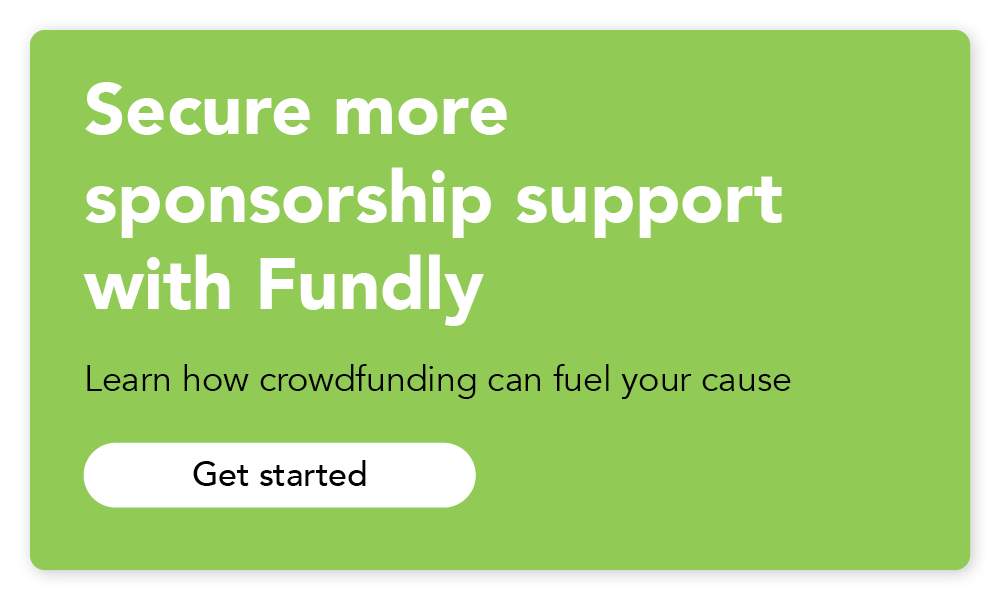
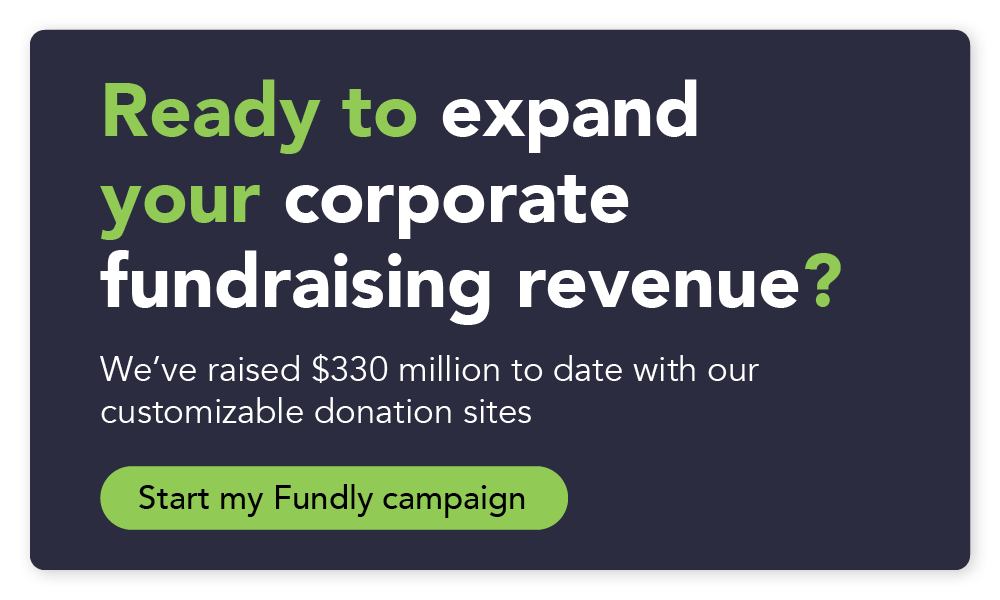
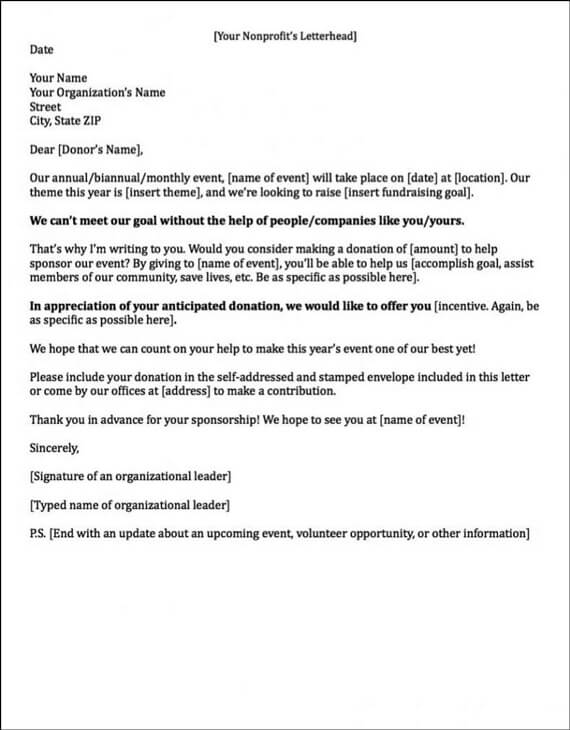
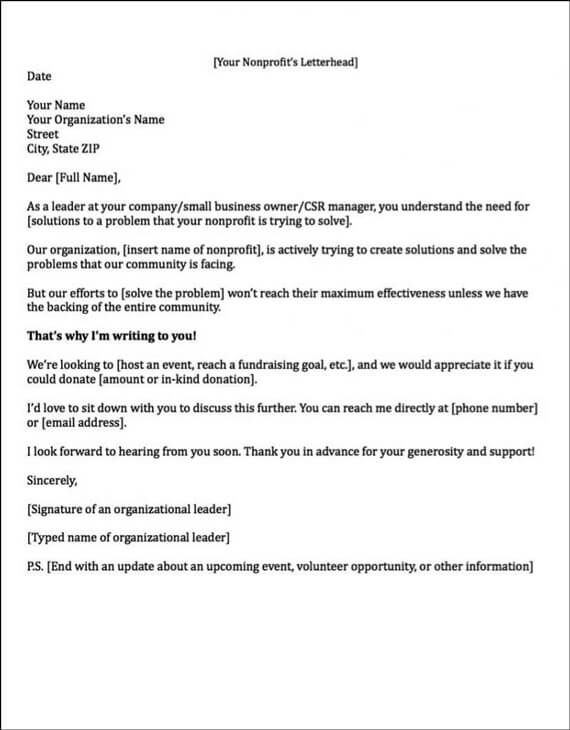
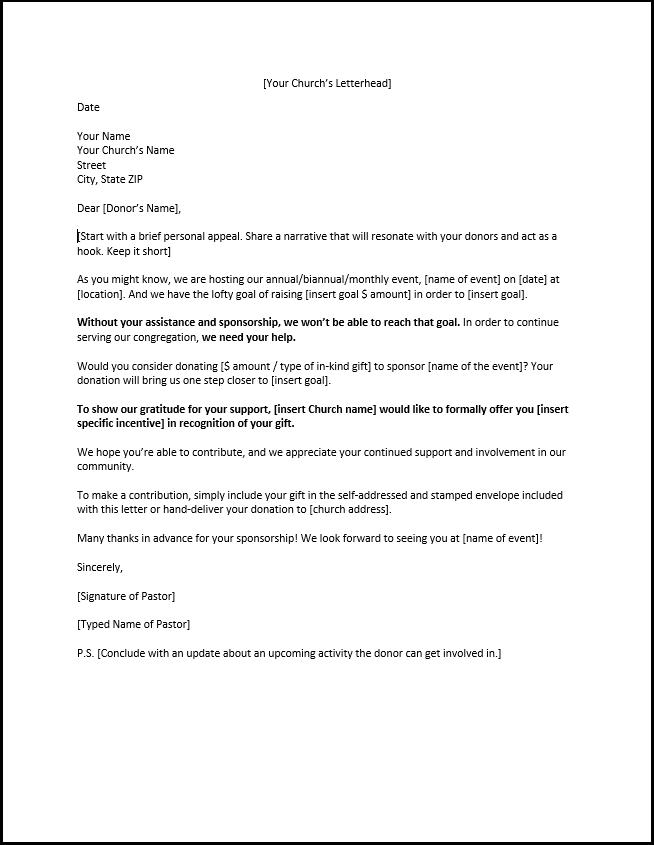
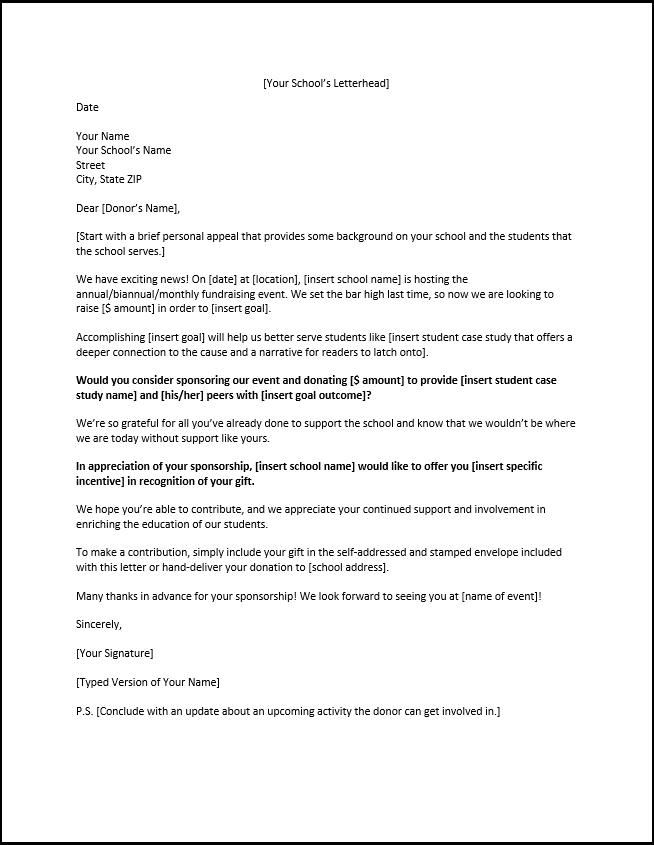
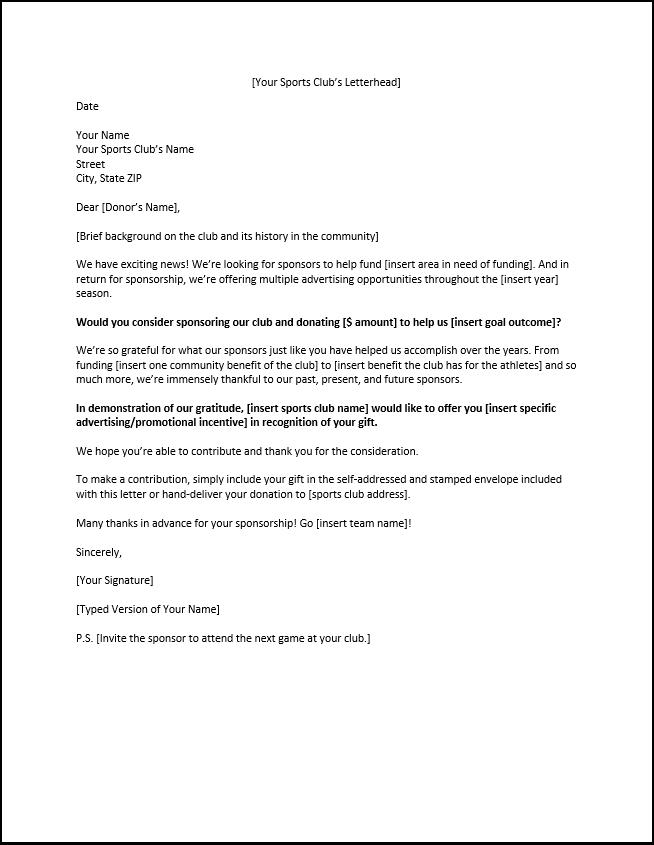
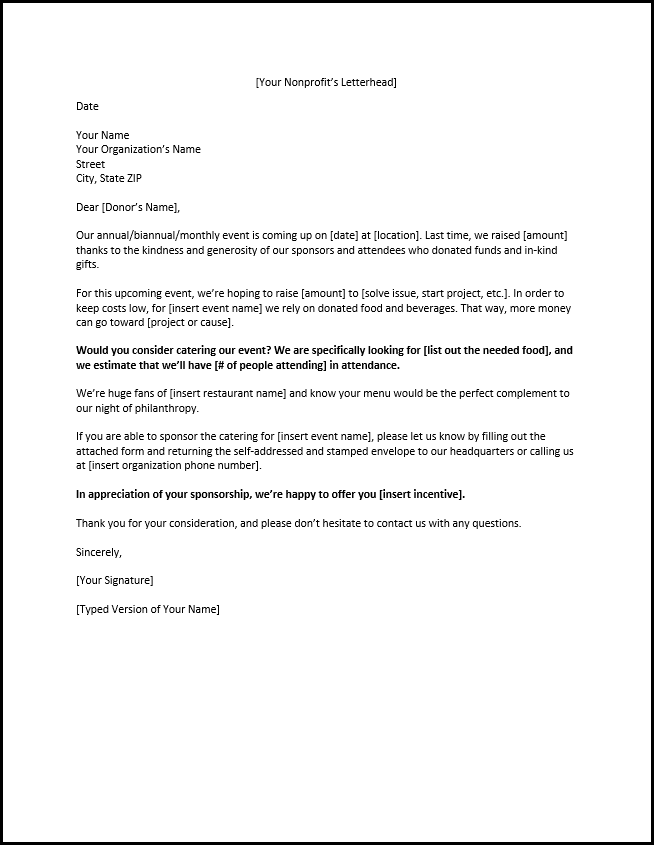
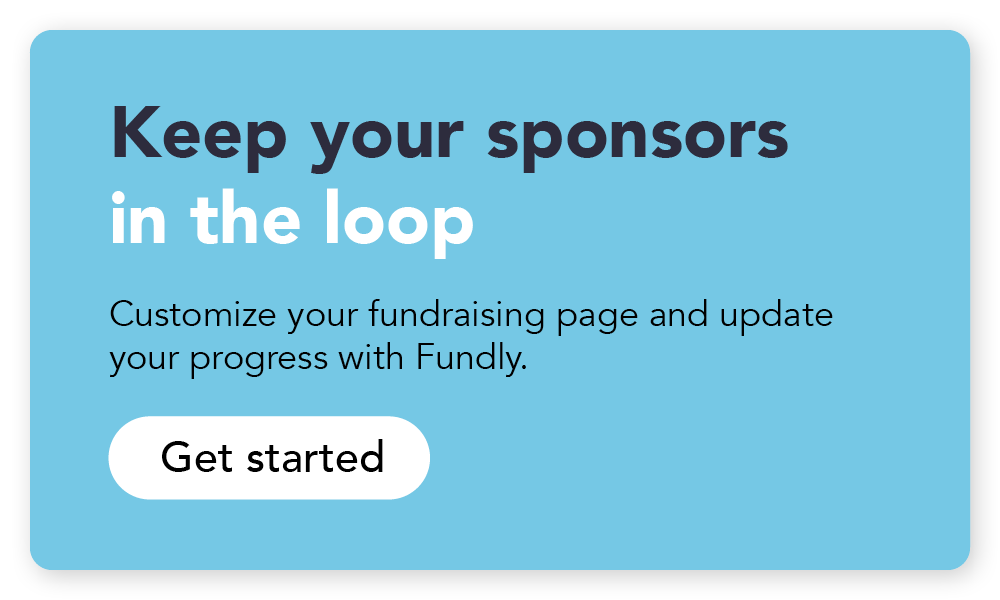
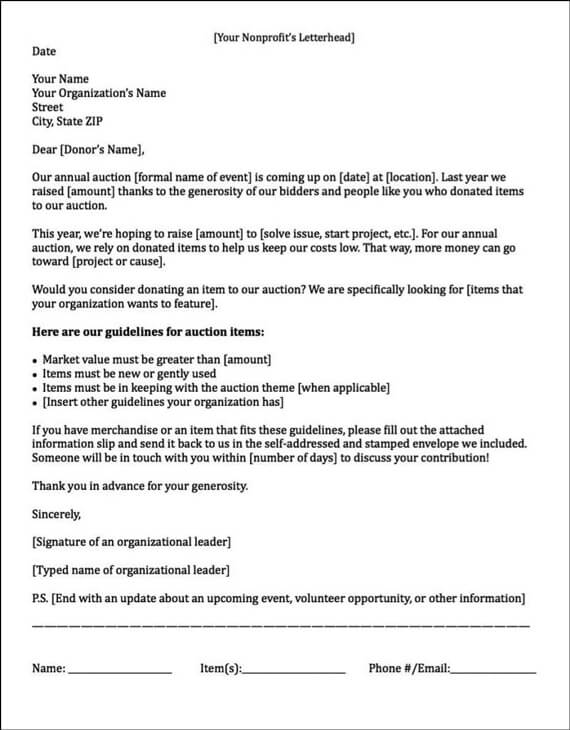
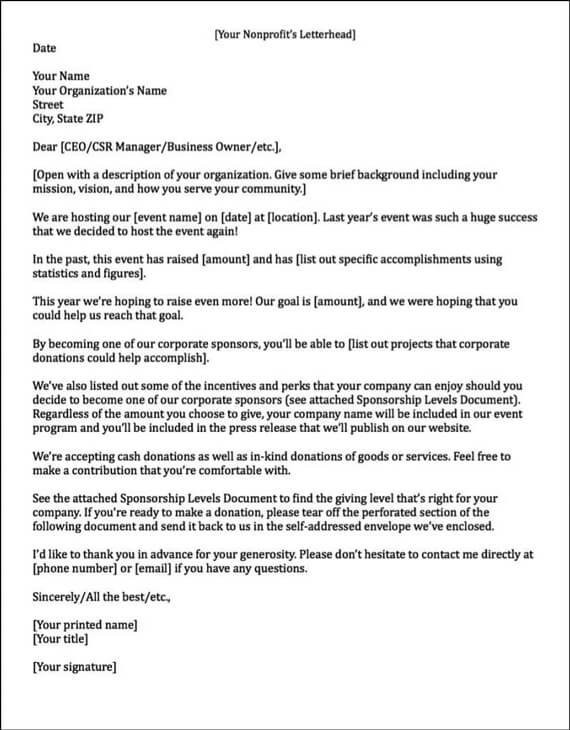
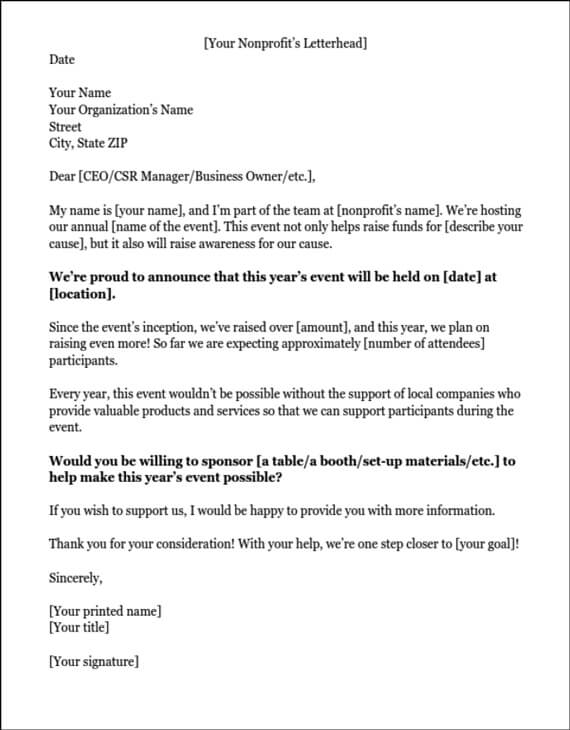
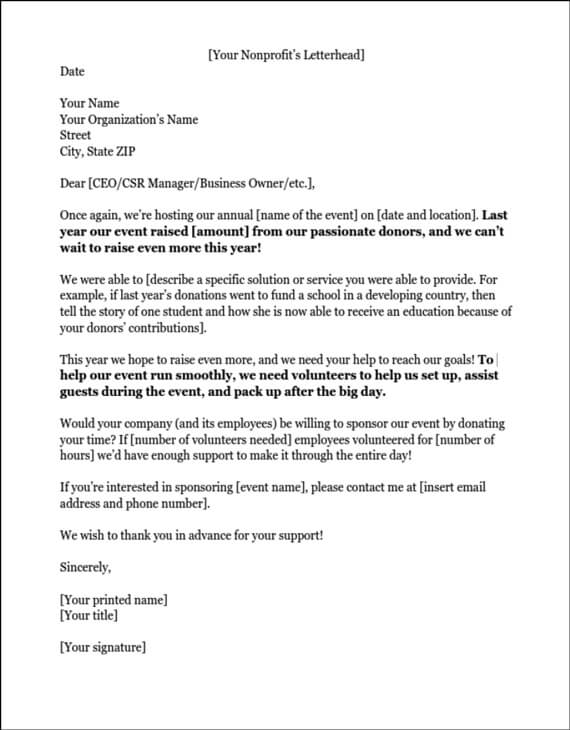
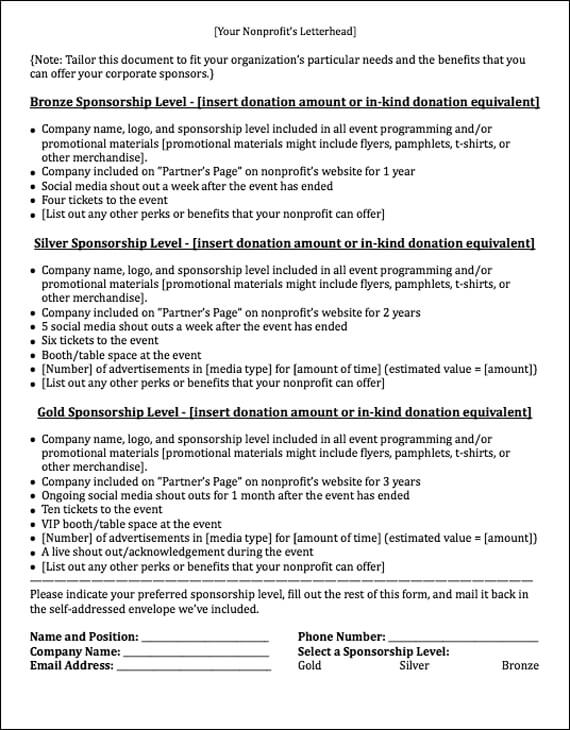
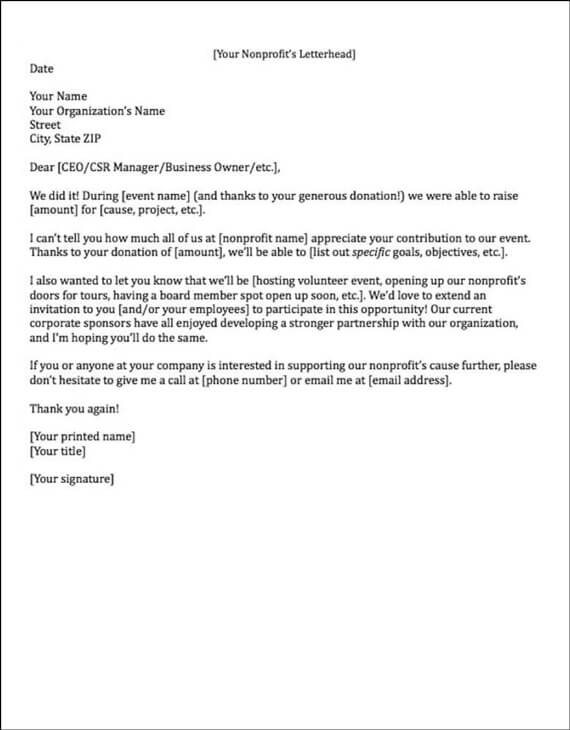
![The article's title, "Top Community Service Ideas [with Examples!]," beside three volunteers planting and watering trees.](https://blog.fundly.com/wp-content/uploads/2024/05/Community-Service-Ideas_Feature-845x321.png)
